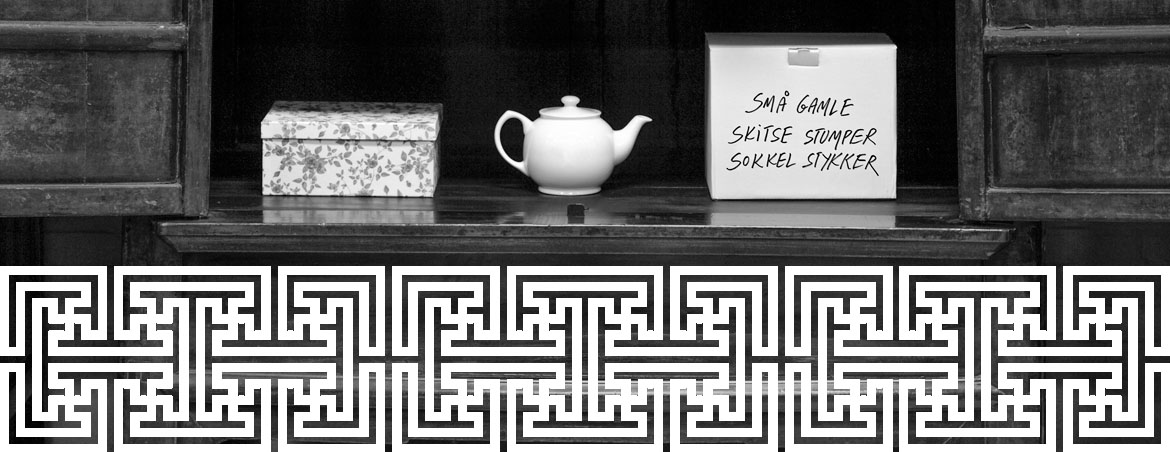‘The body is always at hand’, and in the artistic practice of sculptor Kirsten Justesen (b. 1943) the body has been used as a sculptural medium since the 1960s. First emerging on the avant-garde art scenes of the 1960s, Kirsten Justesen is widely regarded as a pioneer of body art. With the exhibition SOKKEL STYKKER / BASE & BODY, Faaborg Museum presents a carefully curated selection of Justesen’s works, demonstrating how she has worked with positioning her own body on a base for more than fifty years.
In 1968, Justesen first made her mark on the art scene with works that renegotiated the concept of sculpture instilled in her as a classically trained sculptor. In Justesen’s work, ‘sculpture’ arises as a result of interaction between many different media. Here, the three-dimensional aspect is not limited solely to the height, width and depth of a physical object, but concerns a space in between and beyond the three dimensions: in the body, the base and the action. Justesen’s practice transforms the traditional materials of a sculptor, such as plaster and clay, into tools used for studying the three-dimensional. By using her own body, Justesen reinterprets the ways in which the sculptural qualities of the human body have been employed for millennia. Similarly, she conceptually reinterprets and expands the range of potentially sculptural materials by using ice, which melts, or photography, which captures an action and freezes it as a pose, creating a tension between three-dimensional space and the two-dimensional picture plane.
The exhibition BASE & BODY shows how this conceptual approach to sculpture has taken place with the base as its starting point, the base or pedestal being a thoroughly classic element of sculpture. Justesen’s work with bases has not previously been showcased as a single, cohesive presentation, but now the exhibition at Faaborg Museum presents her sculptures in the round, performative and sculptural stagings enacted by means of video and photography, as well as a range of sketch material never before seen on public display.

